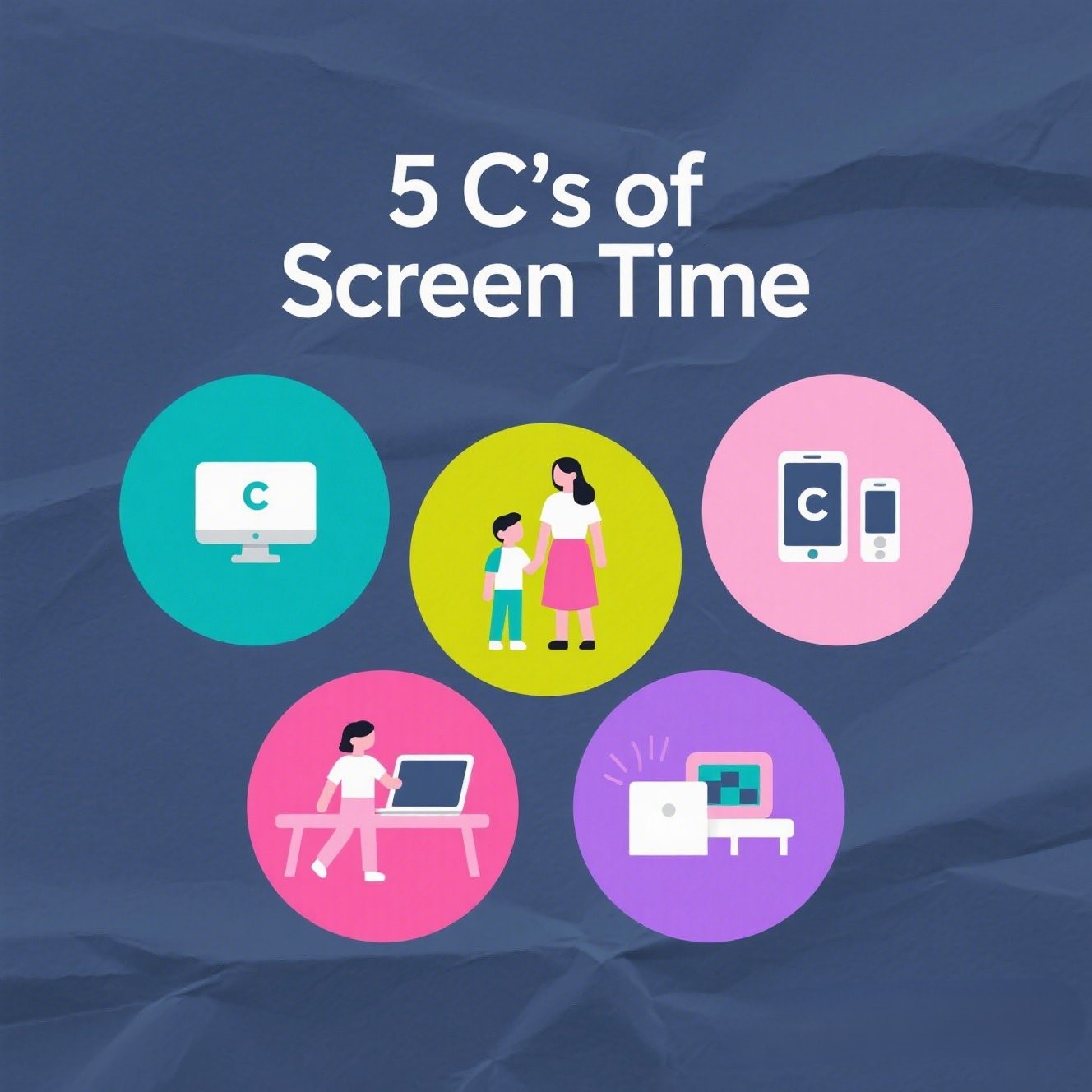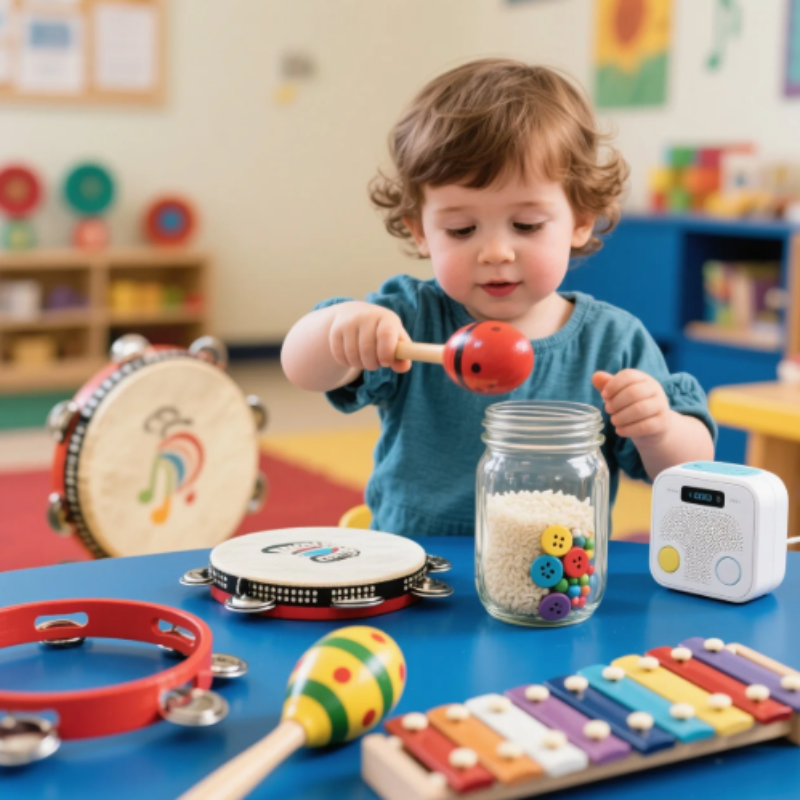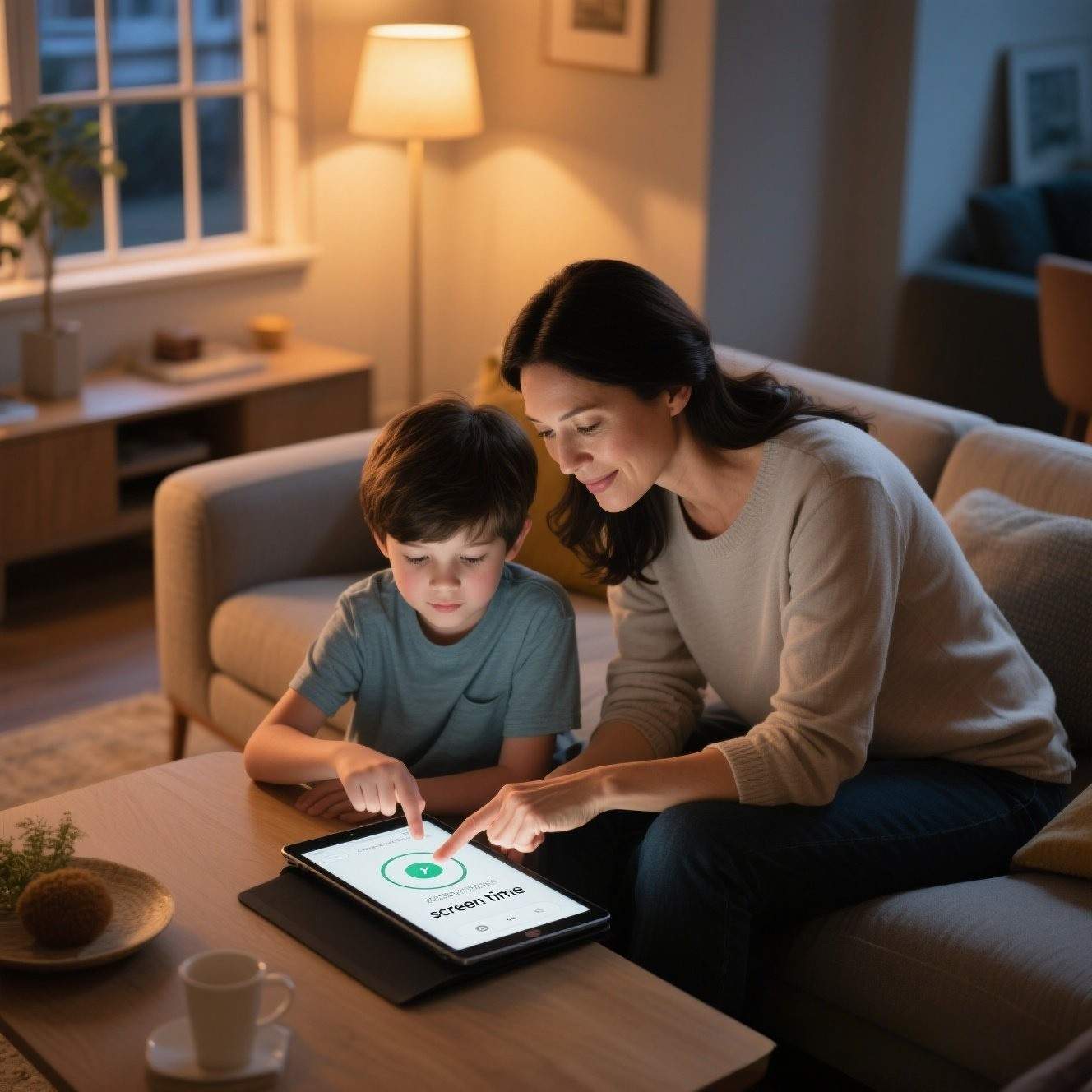In today’s hyper-connected world, managing screen time isn’t just about counting hours—it’s about making those hours meaningful. Whether you’re a parent guiding your child or someone simply trying to strike a healthier tech-life balance, the 5 C’s of screen time offer a smarter, more holistic approach to understanding digital habits.
Let’s dive into what these 5 C’s are and how they can transform your relationship with screens:
1. Content: What Are You Watching or Doing?
Not all screen time is created equal. Watching a mindless video is different from learning a new language through an app.
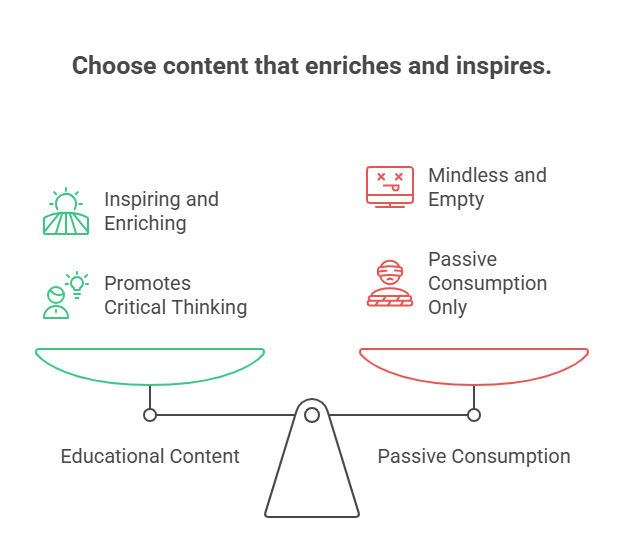
Ask yourself:
- Is this content educational, inspiring, or enriching?
- Is it age-appropriate for kids?
- Does it promote critical thinking or creativity?
Tip: Encourage content that supports growth—like documentaries, skill-building games, or storytelling apps—and limit those that offer nothing but passive consumption.
2. Context: When and Where Are You Using Screens?
Screens affect us differently based on the context in which they’re used.
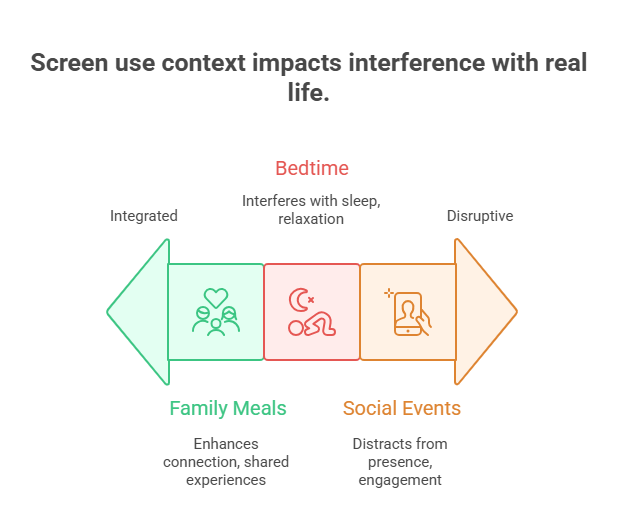
Consider:
- Is the screen being used during family meals, bedtime, or social events?
- Is it replacing physical activity or real-life interaction?
Tip: Set tech-free zones or screen-free times (like during meals or 30 minutes before sleep) to keep screen use from interfering with important moments.
3. Child (or Consumer): Who Is the User?
Different people respond to screens in different ways, especially children. Personality, age, maturity, and even mental health play a role.
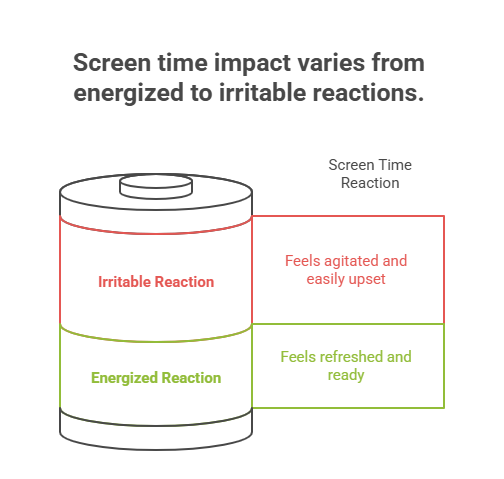
Ask:
- Is this screen activity tailored to the individual’s age and needs?
- How does this person react after screen use—energized or irritable?
Tip: Observe behavior before and after screen time. Adjust based on emotional, cognitive, or behavioral reactions.
4. Consistency: How Balanced Is the Usage?
It’s not just about how much—but how regular and predictable—your screen habits are. Routine helps manage expectations and reduce dependency.
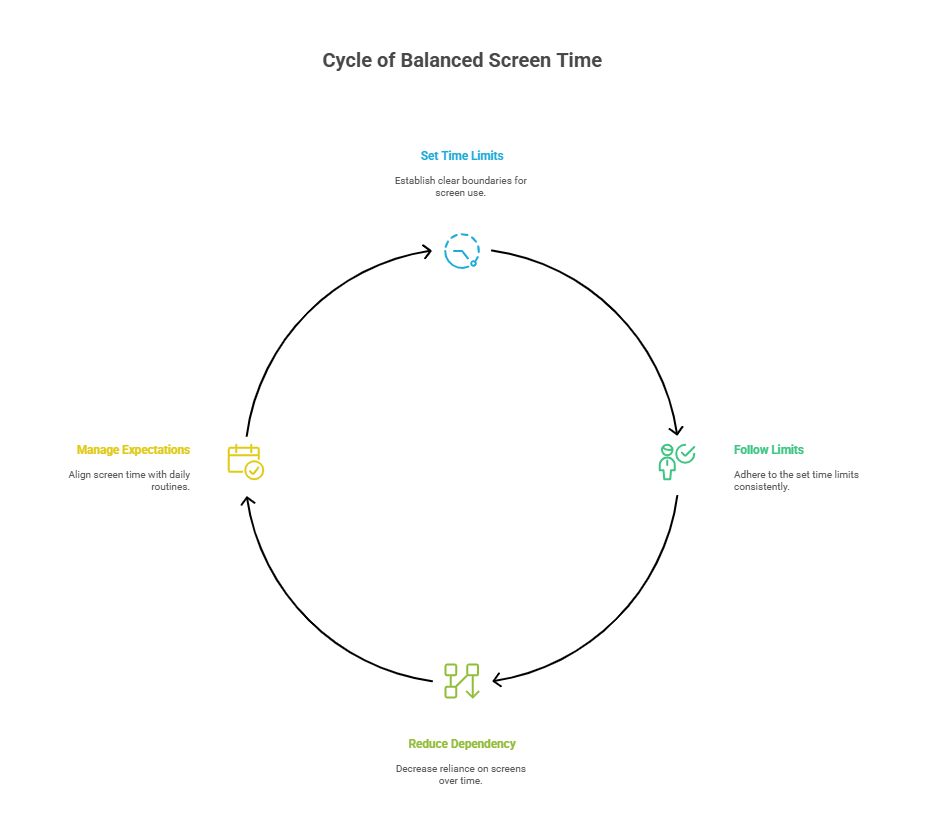
Ask:
- Is screen time part of a balanced daily routine?
- Are there consistent rules in place?
Tip: Set predictable time limits and follow them. For kids, use visual timers or schedules so they know when screen time starts and ends.
5. Communication: Are You Talking About It?
Screen time should be an open conversation, not a secret habit. Talking about digital behavior promotes awareness, accountability, and connection.
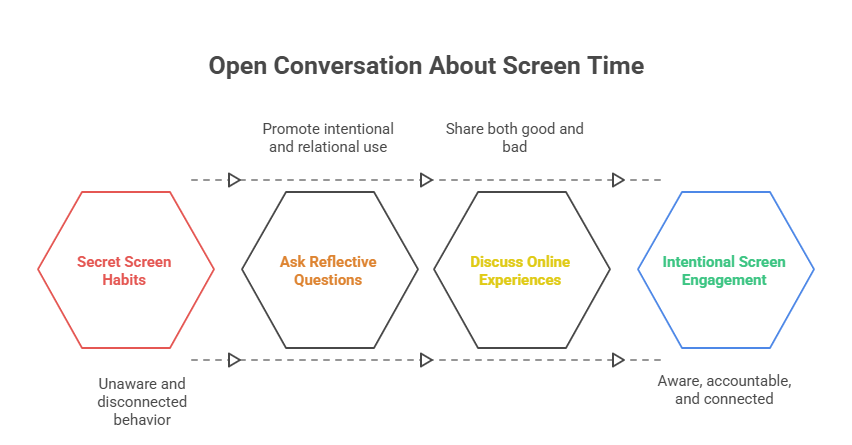
Ask:
- Do you (or your child) reflect on what’s being watched, played, or read?
- Can you discuss online experiences openly—both the good and the bad?
Tip: Use screen time as a springboard for conversations: “What did you learn?” or “How did that video make you feel?” helps make screen use intentional and relational.
Final Thoughts: The 5 C’s as Your Digital Compass
Managing screen time isn’t about rigid control—it’s about awareness, balance, and intention. The 5 C’s—Content, Context, Child/Consumer, Consistency, and Communication—help shift the focus from restriction to reflection.
Whether you’re parenting in the digital age or curating your own screen habits, these five pillars serve as a compass toward healthier, more meaningful tech use.
📱✨ Remember: It’s not just about screen time—it’s about screen quality.


